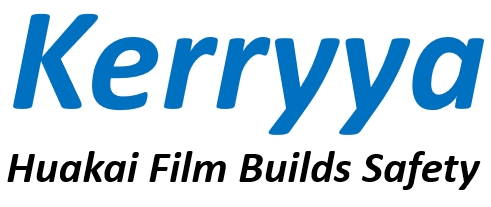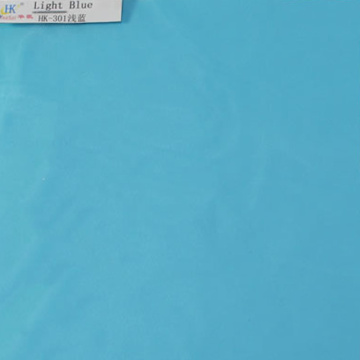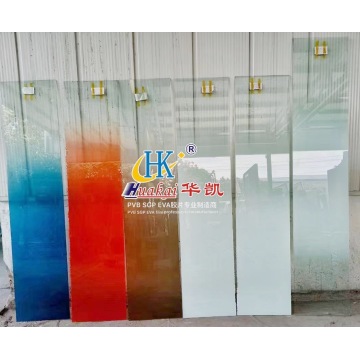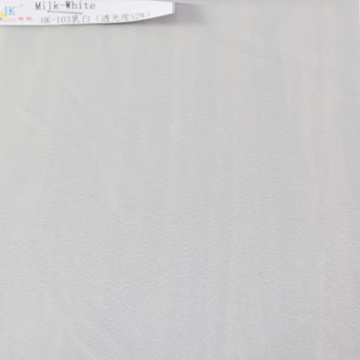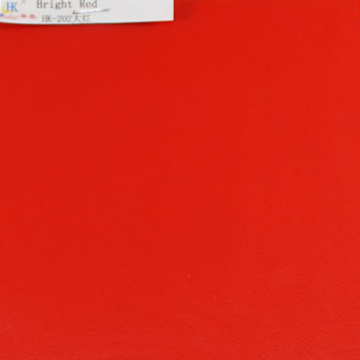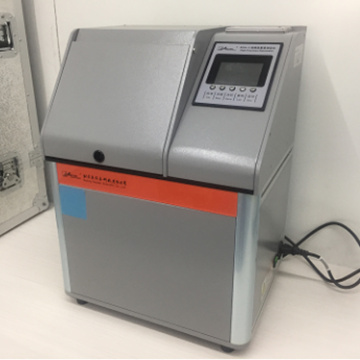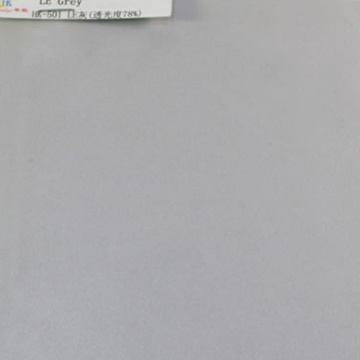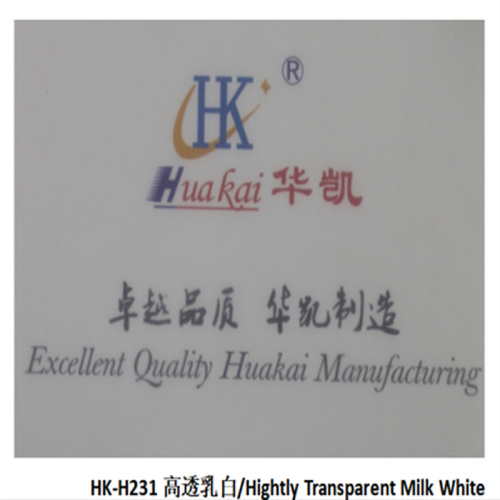
H231 high transparency milky white-Color PVB Film
- Transportation:
- Air, Ocean, Express
- Port:
- SHANGHAI;QINGDAO, SHENZHEN;GUANGZHOU, Any Port in China
Your message must be between 20 to 2000 characters
Contact Now| Place of Origin: | CHINA |
|---|---|
| Payment Type: | L/C,T/T,Paypal |
| Incoterm: | CFR,FOB,CIF,EXW,FAS,FCA,DDU,Express Delivery,DAF,DDP |
| Certificate: | ISO9001;ISO16949;CE;Test Report;SGS;EN;SGCC |
| HS Code: | PVB:3920910001//EVA&SGP:3920109090 |
| Transportation: | Air,Ocean,Express |
| Port: | SHANGHAI;QINGDAO,SHENZHEN;GUANGZHOU,Any Port in China |
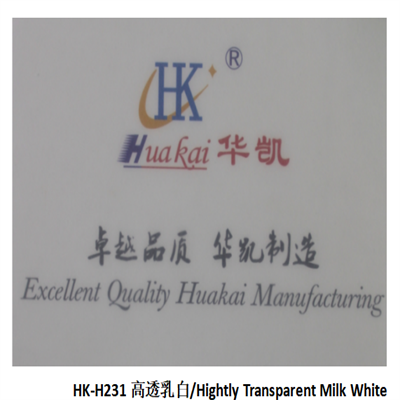
H231 PVB Film Quality, Color PVB Film Quality, and PVB Interlayer Film Quality are essential components in the production of laminated safety glass, offering superior durability, clarity, and performance. These high-quality films serve as the bonding layer between two or more glass panes, ensuring structural integrity and resistance to impact. Whether used in automotive, architectural, or industrial applications, these films provide an optimal balance of strength, flexibility, and optical clarity. Their advanced formulation ensures excellent adhesion, UV resistance, and long-term stability, making them a preferred choice for manufacturers worldwide.
The key characteristics of H231 PVB Film Quality include its exceptional tensile strength, which prevents glass from shattering upon impact, and its ability to maintain optical clarity even under harsh environmental conditions. The Color PVB Film Quality offers additional benefits by allowing customization of the glass’s appearance while maintaining the same level of safety and performance. This makes it ideal for both functional and aesthetic applications. PVB Interlayer Film Quality is specifically designed to enhance the bonding properties between glass layers, ensuring a seamless and secure fit that resists delamination over time.
When it comes to detailed description, each type of PVB film is manufactured using premium-grade polyvinyl butyral, which is processed under controlled conditions to ensure consistency and reliability. The H231 variant is known for its high transparency and minimal distortion, making it suitable for applications where visual clarity is crucial. The Color PVB Film Quality incorporates pigments that do not compromise the structural integrity of the film, allowing for a wide range of color options without sacrificing performance. The PVB Interlayer Film Quality is engineered to withstand extreme temperatures and humidity, making it ideal for use in both indoor and outdoor environments.
These PVB films find extensive use in various industries. In the automotive sector, they are commonly used in windshields and side windows to protect passengers from injury during accidents. In architecture, they are employed in skylights, doors, and curtain walls to enhance safety and design flexibility. Industrial applications include the production of protective barriers, display cases, and other glass-based structures that require enhanced durability and impact resistance. The versatility of these films makes them a valuable asset across multiple sectors.
Users who have incorporated H231 PVB Film Quality, Color PVB Film Quality, and PVB Interlayer Film Quality into their projects consistently praise their reliability and performance. Many report improved safety standards in their products, along with increased customer satisfaction due to the enhanced visual appeal and structural integrity provided by these films. Some highlight the ease of integration into existing manufacturing processes, while others appreciate the long-term cost savings associated with reduced maintenance and replacement needs.
Common questions about these PVB films often revolve around their compatibility with different types of glass, their resistance to weathering, and their suitability for specific applications. Most manufacturers confirm that these films are compatible with standard and tempered glass, and they offer excellent resistance to UV exposure, moisture, and temperature fluctuations. Additionally, they can be customized to meet specific thickness and color requirements, ensuring adaptability to a wide range of uses. Proper handling and storage are recommended to maintain their quality and effectiveness throughout the product lifecycle.
-
PVB film (Polyvinyl Butyral)
-
SGP film (SentryGlas® Polymeric Interlayer)
-
EVA film (Ethylene Vinyl Acetate)
-
Laminated glass interlayer
-
Safety glass film
-
Structural glass interlayer
-
Solar panel encapsulation film
H231 PVB Film Quality, Color PVB Film Quality, and PVB Interlayer Film Quality are essential components in the production of laminated safety glass, widely used in automotive, architectural, and industrial applications. These films serve as a critical bonding layer between two or more glass panes, ensuring structural integrity, impact resistance, and enhanced safety. The high-quality standards maintained in these PVB films make them ideal for use in environments where durability and performance are paramount.
The quality of H231 PVB film is characterized by its exceptional clarity, uniform thickness, and superior adhesion properties. This particular variant is designed to meet stringent industry requirements, offering excellent UV resistance and maintaining optical clarity over extended periods. Whether used in windshields, side windows, or rear windows, H231 PVB film ensures a seamless integration with the glass, minimizing distortion and enhancing visual appeal. Its compatibility with various lamination processes makes it a preferred choice for manufacturers seeking reliable and consistent results.
Color PVB Film Quality refers to the availability of colored PVB interlayers that provide both aesthetic and functional benefits. These films are engineered to maintain their color stability even under prolonged exposure to sunlight and varying weather conditions. They are commonly used in architectural glazing, where design flexibility and visual enhancement are key considerations. The ability to customize the color palette allows architects and designers to create unique and visually striking structures without compromising on safety or performance.
PVB Interlayer Film Quality encompasses the overall performance attributes of the film, including tensile strength, elongation, and resistance to delamination. High-quality PVB interlayers are crucial in laminated glass applications, as they prevent glass shards from scattering upon impact, significantly reducing the risk of injury. The robustness of these films ensures long-term reliability, making them suitable for use in high-traffic areas, public buildings, and commercial spaces.
The detailed description of these PVB films highlights their advanced manufacturing processes, which involve precise control over material composition, thickness, and surface finish. Each batch undergoes rigorous testing to ensure compliance with international standards, such as ISO and ASTM specifications. This commitment to quality guarantees that the final product meets the expectations of both end-users and industry professionals. Additionally, the films are available in a range of thicknesses and colors, catering to diverse application needs.
These PVB films find extensive use in a variety of scenarios, from automotive manufacturing to building construction. In the automotive sector, they are integral to the production of windshields and side windows, providing not only safety but also noise reduction and thermal insulation. In architectural applications, they contribute to energy efficiency, soundproofing, and enhanced security. Industrial uses include the fabrication of protective barriers, display cases, and other custom glass products that require both strength and visual appeal.
User feedback consistently emphasizes the reliability and performance of these PVB films. Many professionals in the glass industry praise the consistency in quality, ease of handling, and compatibility with different lamination techniques. Customers also appreciate the wide range of options available, including color choices and thickness variations, which allow for greater customization. The durability and long-term performance of these films have earned them a reputation for excellence in the market.
Common questions about H231 PVB Film Quality, Color PVB Film Quality, and PVB Interlayer Film Quality often revolve around their suitability for specific applications, installation methods, and maintenance requirements. Users frequently inquire about the best practices for integrating these films into laminated glass systems and how to ensure optimal performance. Additionally, there is interest in understanding the differences between various PVB film types and how to select the most appropriate option based on project requirements. Manufacturers and suppliers typically provide detailed technical information and support to address these queries effectively.
-
PVB film (Polyvinyl Butyral)
-
SGP film (SentryGlas® Polymeric Interlayer)
-
EVA film (Ethylene Vinyl Acetate)
-
Laminated glass interlayer
-
Safety glass film
-
Structural glass interlayer
-
Solar panel encapsulation film
Related Keywords

